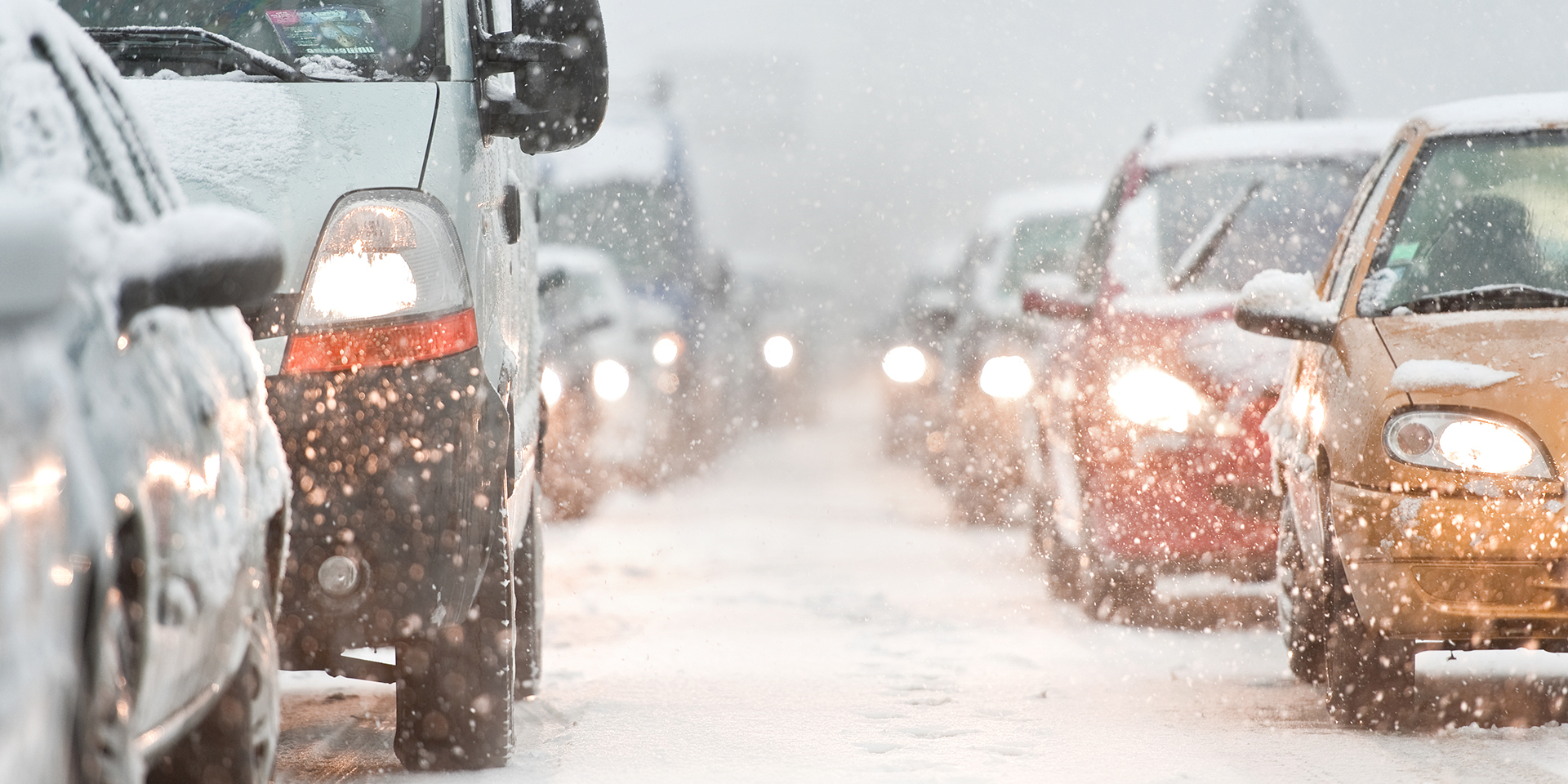As winter tightens its grip, the Met Office has issued an amber warning for snow, with further warnings for snow and ice in force across parts of the UK.
Significant accumulations are expected over the North York Moors and the Yorkshire Wolds, with the amber snow warning in place for much of Thursday.
Alongside the risk of snow, ice will be an ongoing hazard, especially overnight, and updates to warnings are possible in the coming days. It’s essential to stay up to date with the latest Met Office forecast to ensure you’re prepared for rapidly changing conditions.
The UK Health Security Agency (UKHSA) has also issued an amber cold health alert, focusing on the impacts for health and social care in England. These warnings highlight the importance of taking practical steps to stay safe and well during periods of severe winter weather.
Yellow warnings for snow and ice are in place over the next couple of days ⚠️
— Met Office (@metoffice) November 19, 2025
Many places won't see much settling snow with icy roads more of a hazard. Heavier falls of snow are likely in northern Scotland and parts of northeast England ❄️
More details👉 https://t.co/QwDLMfRBfs pic.twitter.com/FamQLgq5iU
With freezing temperatures and the potential for snow and ice, the Met Office’s WeatherReady campaign offers practical advice to help you prepare your home, garden, and daily routines for winter weather. Here are the key tips for staying safe:
Staying safe in ice
If you need to drive somewhere
Icy, wintry weather can cause delays and make driving conditions dangerous. Before setting off, plan your route, check for delays and road closures, and leave extra time to prepare your car. Check your wipers, tyres, and screen wash, and pack essentials such as warm clothing, food, drink, a blanket, and a torch. Always take a fully charged mobile phone and an in-car charger.
How to drive safely on ice
If possible, avoid driving in icy conditions. If you must drive, look well ahead for potential hazards and keep your speed down. Accelerate, brake, steer, and change gear as smoothly as possible to reduce the risk of skidding. Using a higher gear can help with grip on packed ice and manage engine power for better traction.
Walking or cycling in icy weather
Leave the house five minutes earlier than usual to avoid rushing, which increases the risk of slips and falls. Use pavements along main roads, which are likely to be less slippery, and wear footwear with good grip. If cycling, stick to main roads that are more likely to have been treated, and avoid untreated roads where accidents are more likely.
Looking out for elderly relatives or neighbours
During icy and cold weather, check if elderly relatives or neighbours need practical help and ensure they have enough food supplies. Offer to clear their paths when you clear yours, and spread salt to reduce the risk of slips. Ordinary table or dishwasher salt can be used, a tablespoon for each square metre you clear.
READ MORE: Week ahead forecast: Arctic chill brings wintry hazards
Staying safe in snow
If you need to drive somewhere
Snowy weather can cause delays and hazardous driving conditions. Prepare by planning your route, checking for delays and road closures, and ensuring your car is ready. Pack essentials, take a fully charged mobile phone with an in-car charger or battery pack, and check your wipers, tyres, and screen wash.
Driving safely in snow
Avoid driving in heavy snow and icy conditions if possible. If you must drive, use dipped headlights, accelerate gently, use low revs, and change to higher gears quickly. Starting in second gear helps with wheel slip. Maintain a safe and steady speed, keep your distance from other vehicles, and use a low gear to go downhill. Steer into skids and avoid slamming on the brakes.
Thinking ahead and acting now
If you’re cut off by snow and can’t access services, prepare by gathering essentials: torches and batteries, candles and matches, plenty of blankets, and warm clothing.
Staying safe if you are cut off
Keep your thermostat set to the same temperature day and night, and turn off electrical heaters and fires before bed to avoid fire risk. Don’t forget your pets—make sure they have a comfortable place in severe weather. Prevent frozen pipes by opening kitchen and bathroom cabinet doors to allow warmer air to circulate. Stay indoors wearing layers of loose-fitting, lightweight warm clothing. Never use a hob or oven to heat your home, as this can increase carbon monoxide levels.
If you need support, call the British Red Cross Support Line on 0808 196 3651.
What to do in a power cut
Prepare for power cuts by having candles, matches, torches, batteries, and a mobile phone power pack ready. If the power goes out, switch off all electrical appliances that shouldn’t be left unattended, leave a light on so you know when power is restored, and check on neighbours. Wrap up warm and close internal doors to keep heat in. Portable heaters are a good alternative if heating systems are down. Call 105 for information, a free service for people in England, Scotland, and Wales.
Weather warnings can change quickly. When a warning is issued, stay up to date with the latest Met Office forecast for your area. By following these WeatherReady tips, you can help keep yourself, your family, and your community safe during snow and ice this winter.
Keep up to date with weather warnings, and you can find the latest forecast on our website, on YouTube, by following us on X and Facebook, as well as on our mobile app which is available for iPhone from the App store and for Android from the Google Play store.



